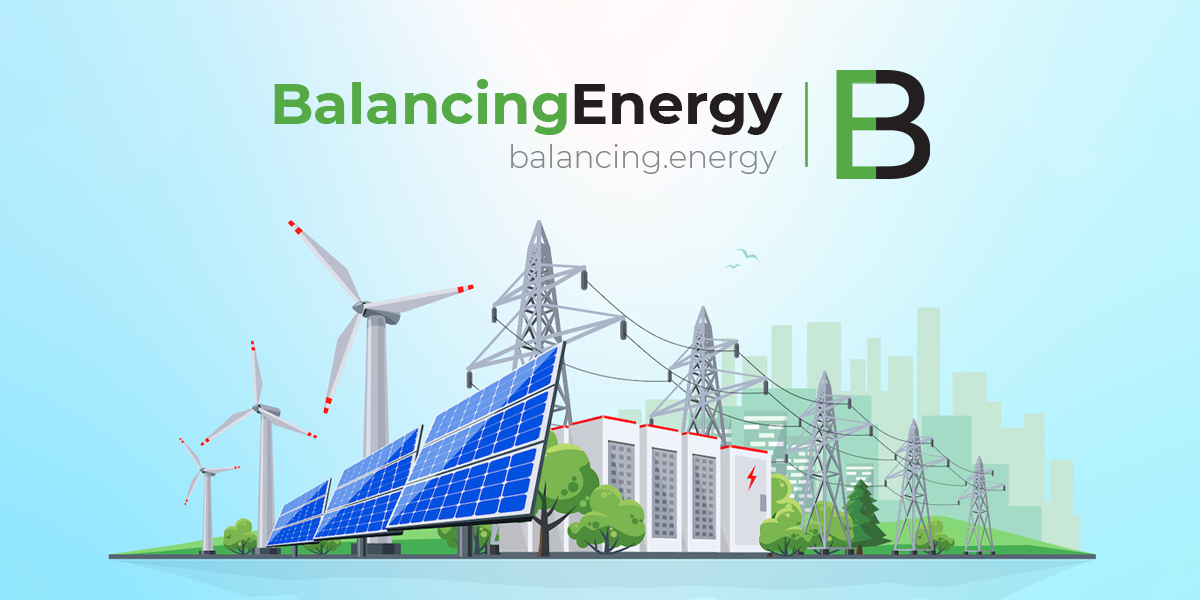In spite of high expectations, the year of 2009 was not favorable for Serbia’s energy sector due to the fact that most companies from this sector recorded a significant decline in operating revenues (21.5%, in Euros). This is best exemplified by the results of the former unchallengeable leader in the sector, the Petroleum Industry of Serbia, which lost its dominance from the previous year. On the other hand, some positive tendencies are present in this sector as well – at the end of last year, the Government of Serbia enacted a long-expected decision on stimuli to electricity production from renewable sources, which should to a great extent stimulate new investments in the sector’s development. Companies from the sub-sector electricity production and sale and the sub-sector gas distribution and trade are increasingly present on the list.
The energy sector, which includes the largest companies dealing with production – processing and trade in energy substances, is still dominant in the revenue structure of Serbia’s top 300 companies. Last year, more enterprises from the energy sector qualified for the list of Serbia’s biggest enterprises – 34 compared to 30 in the previous year, but new external circumstances influenced a change of the best ranked companies in the sector. In comparison with 2008, when there were five on the list, in 2009 four enterprises from the energy sector are classified among Serbia’s 10 largest companies. Furthermore five of these companies – EPS, NIS, EFT Holdings, Srbijagas and Yugorosgaz – are also included in Deloitte’s list of the 500 largest companies in Eastern Europe.
The new leader of the sector is the Power Industry of Serbia. Despite the low price of electricity in Serbia and a declared loss, the Power Industry of Serbia can boast a solid financial result – with revenue growth in domestic currency, profitability expressed through EBITDA margin increased to an internationally satisfying 31.4%, and the enterprise maintained its investment level from the previous year (measured by our methodology) of more than 350 million Euros. Also, indebtedness expressed through the indicator net debt / EBITDAI amounts to only one, which implies the possibility of significant investments of this company through an increase in indebtedness without jeopardizing the company’s solvency.
The former leader of the energy sector and Serbia’s economy as a whole – NIS, is a completely different story. Last year this enterprise significantly reduced revenues (by about 40% in Euros), with a decrease in the EBITDA margin and a generation of an extensive loss, higher than 400 million Euros. The new major owner will obviously face considerable challenges referring to future operations, especially due to the fact that the Serbian market will become fully liberalized next year. The publicized investments of the new owner, which amount to about 500 million Euros, have gradually began, and together with the announced restructuring of the company this is expected to bring NIS back to its feet again.
Similar to the oil segment, the gas business segment also experienced significant consequences in the previous year. Revenues of the two largest companies, Srbijagas and Yugorosgaz, decreased significantly, with a decline in profitability. However, effects of the crisis on the profitability of these two enterprises are different.
In Srbijagas operating gain increased, but due to high debts a negative total result was recorded. On the other hand, the operating gain of Yugorosgaz was damaged, both in an absolute and in a relative sense (EBITDA margin). In spite of temporarily unfavorable results, a lot is expected from this sub-sector in the future, especially due to the predicted development of gas lines and its use in Serbia and with the completion of the South Stream project. The signing of the contract on the establishment of a joint enterprise for the Banatski Dvor underground gas storage facility between Srbijagas and Gasprom, and the realization of this investment, should be the first steps in that direction.
Regarding the other characteristics in this sector’s operations over the previous year, it is also important to underline a decline in revenues of other traders in oil and oil derivatives such as Lukoil-Beopetrol, OMV Srbija, Petrobart or Eko Serbia. On the other hand, it is noticeable that the segment of electricity trade is becoming an increasingly significant business segment, which is probably an introduction to the further development of the electricity sub-sector as a whole.
Of course, a lot is expected from the Power Industry of Serbia, because of its investment potential, individually or in cooperation with other strategic investors, particularly regarding traditional energy sources – through strengthening capacities in the domain of thermal power plants, where the realization of some projects has already begun. Liberalization of the oil derivative market starting next year should additionally tighten competition in this segment, which should particularly benefit consumers.
Also, the listing of the Petroleum Industry of Serbia on the stock exchange influences the strengthening of the country’s capital markets, which may influence other companies from this sector to follow their example.
Source Ekonom:east, Siepa










